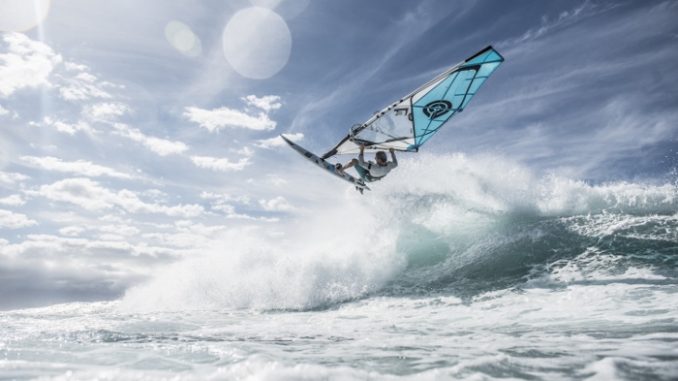
Words: Chris Freeman
Pics: Jimmie Hepp, Dhayandhi Das (OneMore Foto), Black Project Fins
The subject of windsurfing fins is a confusing one, whatever area of the sport you’re discussing. Wave sailing is particular baffling though. With multiple configurations available, from quad, to thruster, twinnies and singles where does the everyday sailor begin? We threw open this topic to Black Project’s Chris Freeman who guides us through the quagmire of wave sailing fins, ably assisted by team rider Morgan Noireaux
Firstly, tell us a bit about your background and the work Black Project do. Why set up a fin company for instance?
Black Project was started very simply because we wanted to make fins which we wanted to ride. It wasn’t a conscious decision to start a fin company, it just happened when riders started asking for them. In all reality I was the first paying customer and asked Tom (Hammerton) for some twin fins. Up until that point he was making speed and slalom fins for himself only. I was splitting my time between the Middle East and Maui with Tom full time on Maui. It made sense for me to quit my higher paying job, move 11,000 miles and take up full time residence there so that I could build the business side of the operation. Likewise, with paddles I wanted to go paddle so I made my own paddles. We are 100% focussed on only the sports which we do ourselves (almost) every day. As it stands right now I am in charge of everything from defining product concepts, testing, marketing, managing production, sales, accounting and most of the shipping. Tom is purely focussed on design and has a fairly free reign to develop his ideas.
What are the basic principles windsurfers should keep in mind when looking at different fins for their wave board?
I think an honest assessment of sailing skill and location is the best place to start for any rider. From this point you can actually look at the options and their pros and cons. If you think that you are shredding fast punchy waves when in reality you are mostly sailing in onshore lumpy conditions, then you will choose the wrong fins (and probably also the wrong board and sail). Most riders need more speed and drive than they realise, everything becomes easier with speed.
Talk to us about the pros and cons of each set up for wave sailing fins.
Single – fast, wider arcing turns, great on wide open point break waves, also great in onshore conditions for speed and early planning. Good for bigger guys like Josh Angulo who rips it up with his single fins.
Twin – super loose and slashy but lacking a bit in early planning and upwind ability. Some boards work well as a twin. The closer your fin boxes are together the bigger the fins you will need. The first wave fins we made were actually twin fins.
Thruster – great on choppy waves, big waves and onshore. The performance and feel does greatly depend on the set up in terms of balance between the size of the front and rear fins. With a significantly larger fin in the rear (as many production boards come with) then you will experience a similar feel as a single fin. If you want to transform your freewave board get a more balanced set up with a smaller rear fin.
Quad – great in good waves. If you have a smooth face then the balance between the grip of a thruster and the slashy feel of a twinzer is a winner. Be careful not to go too small on your first quad set up, but over time modify your sailing to suit.
As you add more fins you will need to add more total area because shorter fins are less efficient at generating lift.
What about different fin fittings and boxes? Can you describe each and their benefits?
US Box – the long-time standard in windsurfing fin boxes, my favourite by far and what I have on my customs – longevity, range of adjustment and strength cannot be rivalled. US boxes do tend to add a little weight. I wish that all board brands supplied their wave boards with US boxes!
Slot Box – lots of brands now offer these in either front, rear or all fins. Easy adjustment with screwdriver but questionable longevity. Lighter weight boxes especially if in carbon.
Mini Tuttle – found on front fins with such companies as JP and Quatro. Similar to Powerbox in terms of bolting through deck. The lack of adjustment is limiting.
Powerbox – common on many freewave or freestyle wave boards in thruster and single configuration. The secure through the deck fixing is easy (if the fins fit well) but the lack of adjustment is frustrating.
Starbox – new from Starboard for 2017. A cross between traditional US box and the SB. US box fins fit in well but regular Slot Box fins need to be adjusted to fit on the one screw system. They will also sit a little lower in the box.
Do the above make a difference in terms of sailing? If so what have you found?
I want to always use US boxes in my wave boards. Easy adjustment, longevity and strength being the reasons why. They may not be as sexy as Slot Box or Starbox but they work and are reliable. If all brands stuck to one fixed box type then the cost of fins would fall.
What’s your opinion on the frequency of tuning your wave board? Would you do this every time you went to the beach for instance?
We are always trying out new ideas and with lots of porotypes you have to proactively stay on track with development goals. Many days though I just want to get in the water and use whatever is in the board at the time. Having the confidence to try things and make mistakes helps you learn though. If you change the positioning of the fins and it is worse that is as good as it being better. Once you find a set up that works don’t stop there, as conditions change try different things. If it is a bigger day I will often just slide my front fins forward 5mm for a little extra grip on the bumpy face. It is amazing how much you can change the feeling of a board by just changing the positioning of the fins. If I want my board to be super loose in smaller waves I move the fins closer together for more pivot.
What about for specific moves? Would you keep the same set up for learning jumps as you would down the line riding?
For jumping extra upwind ability, speed and drive will help you increase height and projection, therefore bigger fins are going to help. Although you have to give up a little manoeuvrability and focus on air. In wave riding arenas jumping might not be important and you are looking to maximise the surfing performance. At a crowded break, which is super competitive at the peak, you arguably need a little extra low end drive to get into position and fight for your section. If you are sailing alone that doesn’t matter.
With so many fin combos available, and boards of all shapes and sizes, how does Black Project run its R&D?
Keeping up with board changes and trends is extremely challenging. Just when you think you have everything covered then a brand pivot challenges your previous assumptions. There are a lot of potential options on the market and it is my job to listen to riders, research and review so that we can always offer the best possible advice. I try to test out as many boards and fins as possible.
In your opinion are the fins supplied with modern wave boards optimised correctly?
How can they be? As riders we all face a unique set of variables in terms of rider weight, rider ability, conditions and aspirations. Hence it is highly unlikely, at best, that the fins supplied with the board are optimised for you.
Do you record all your fin findings within the body of spreadsheet for instance?
We use project management software to record all projects, rider feedback and requests. This is confidential but I release certain snippets. Prior to 2016 everything was managed in spreadsheets and via email and it was very challenging. With the implementation of the right software, which is also deployed to our team riders, we are able to collate real-time data and feedback at the beach on our cell phones. Tom immediately gets that and can have a new design idea ready before we have driven home. Zero emails clogging up the inbox (which is hard when you are managing different aspects of a business) and maximum efficiency. Speed and slalom fins are much easier to test because GPS doesn’t lie. For wave we have to rely more on feeling.
Any general comments regarding wave board fin configurations?
Ultimately windsurfing is about having fun. Ride whatever you have, don’t feel that you need the latest and greatest gear when you are having fun on your existing board. Don’t lose sight of that aspect.

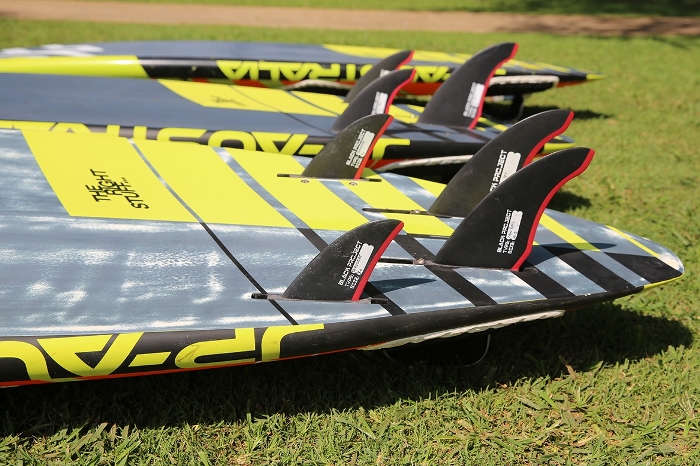
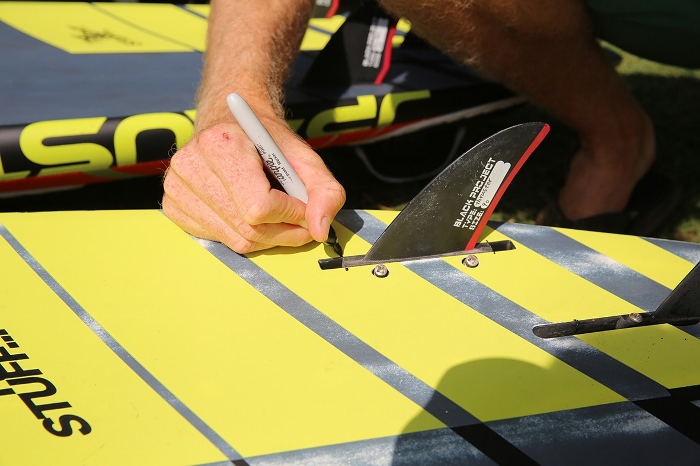
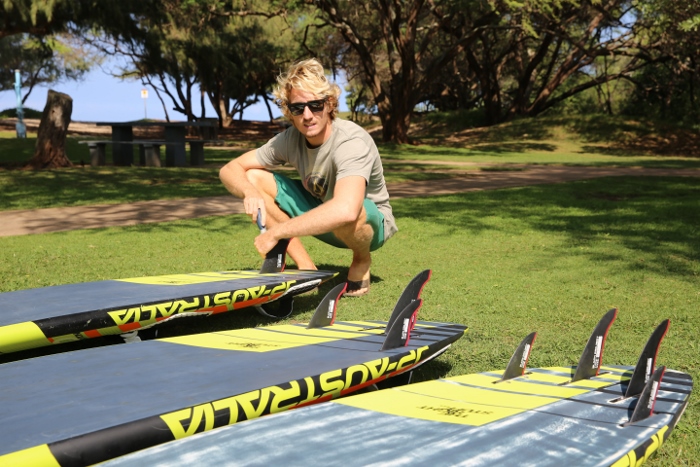
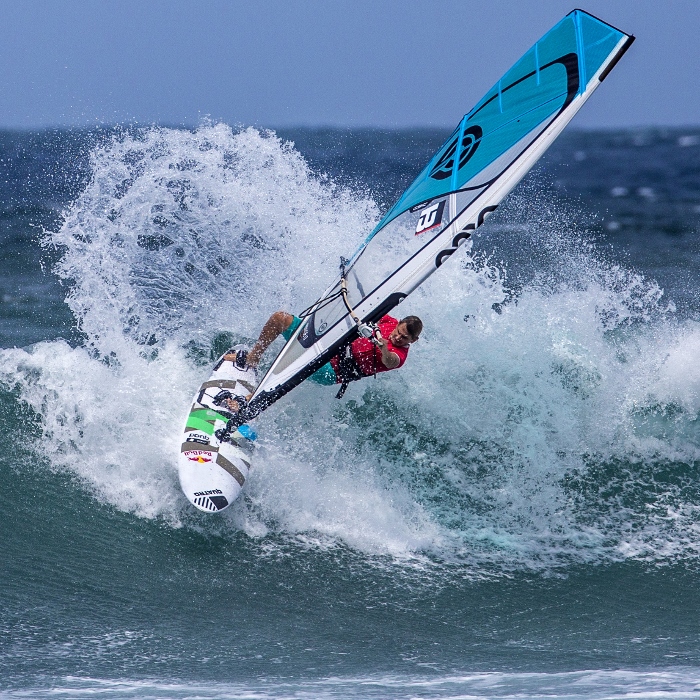
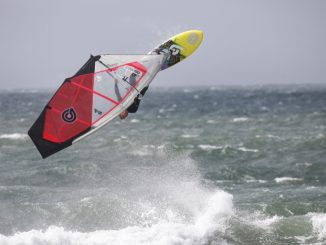
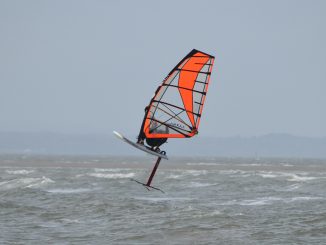
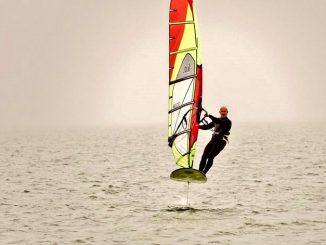
Leave a Reply